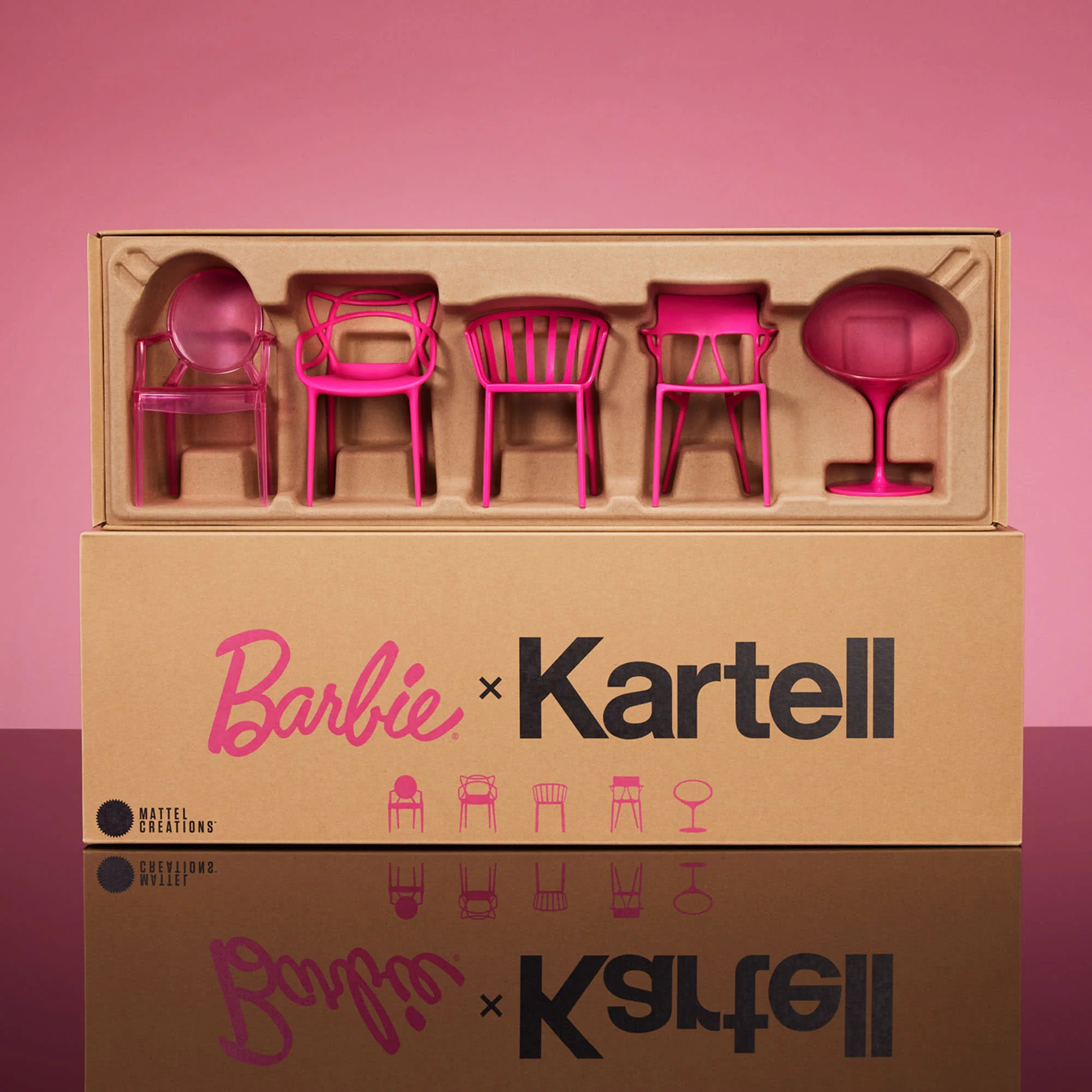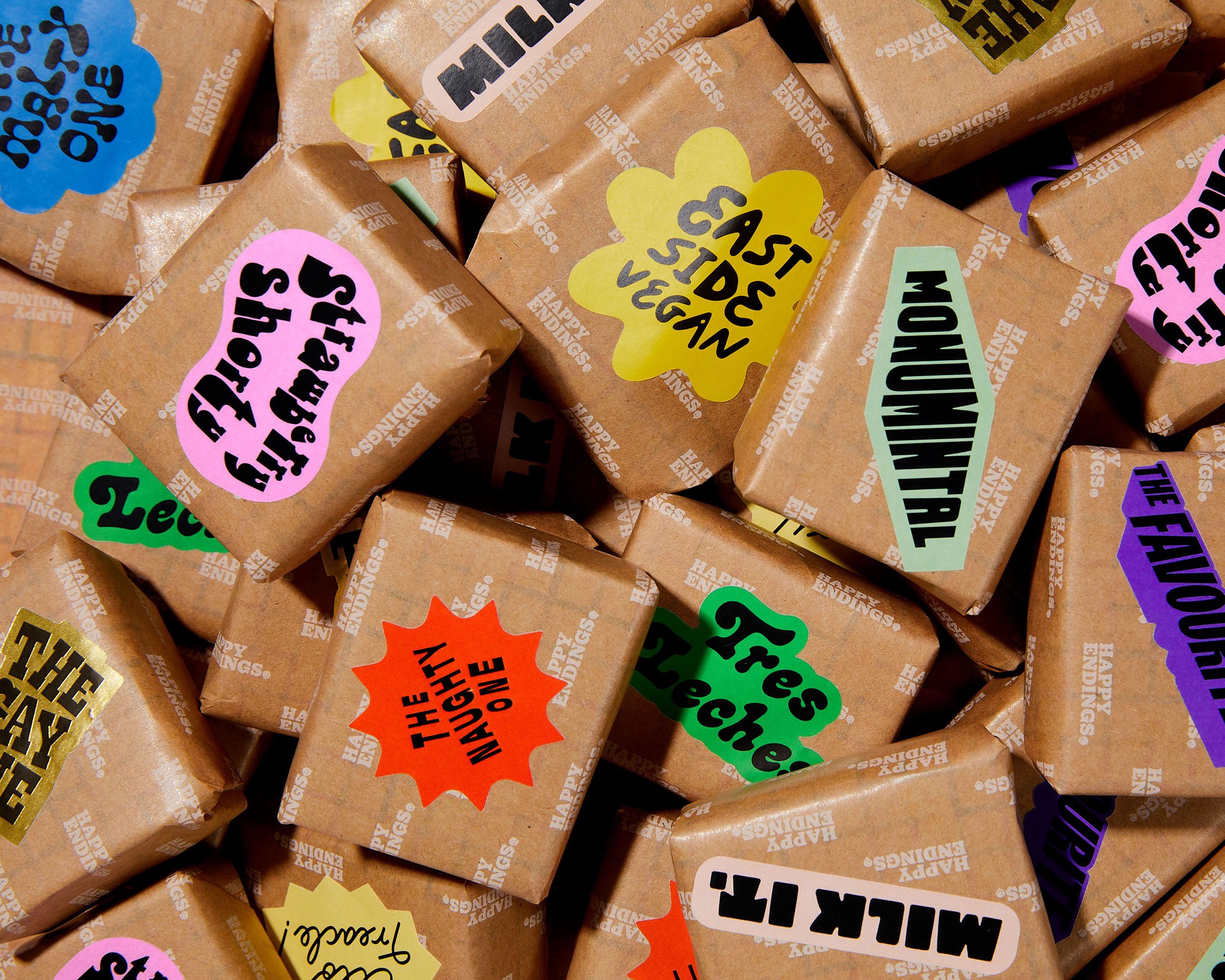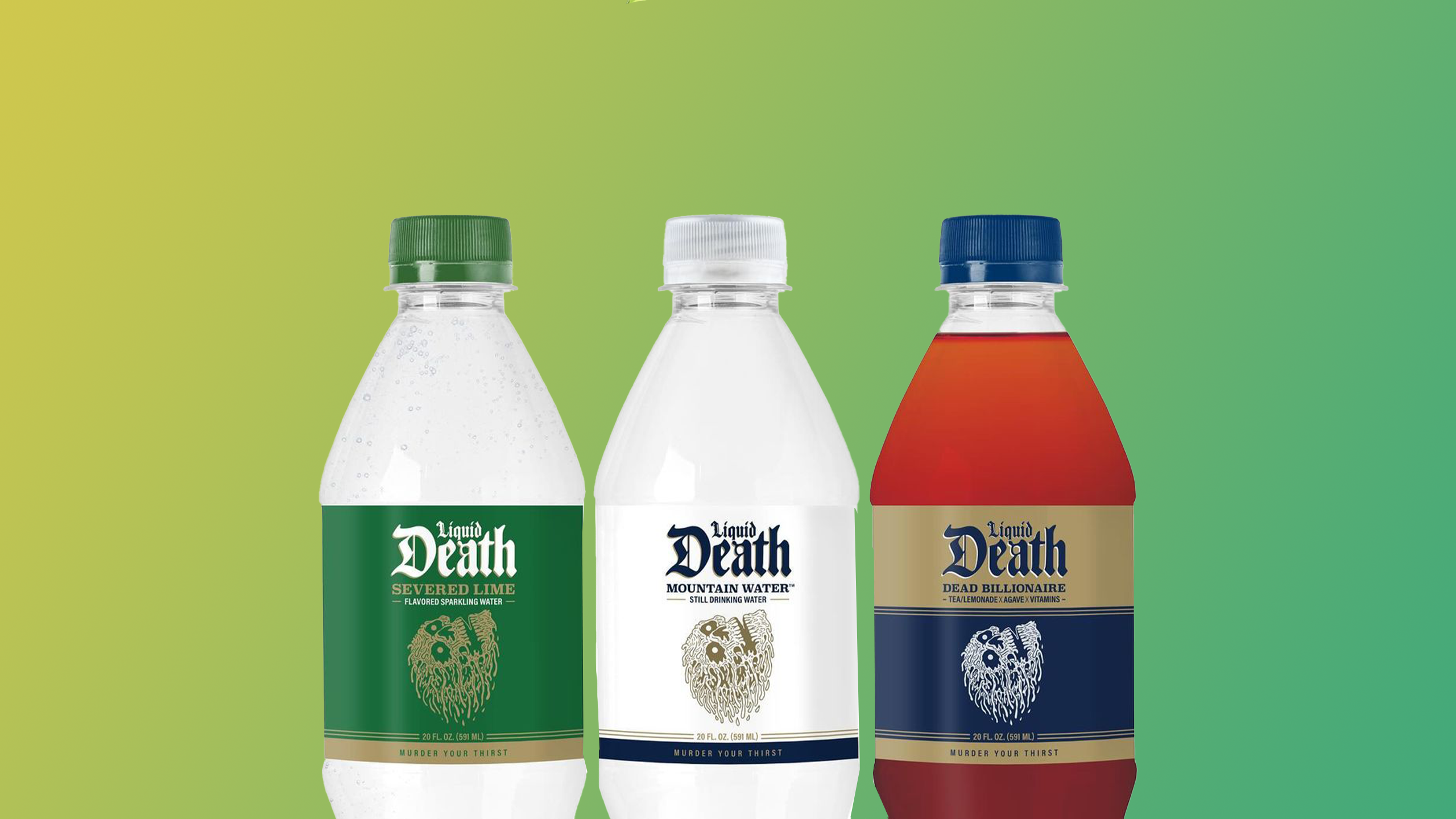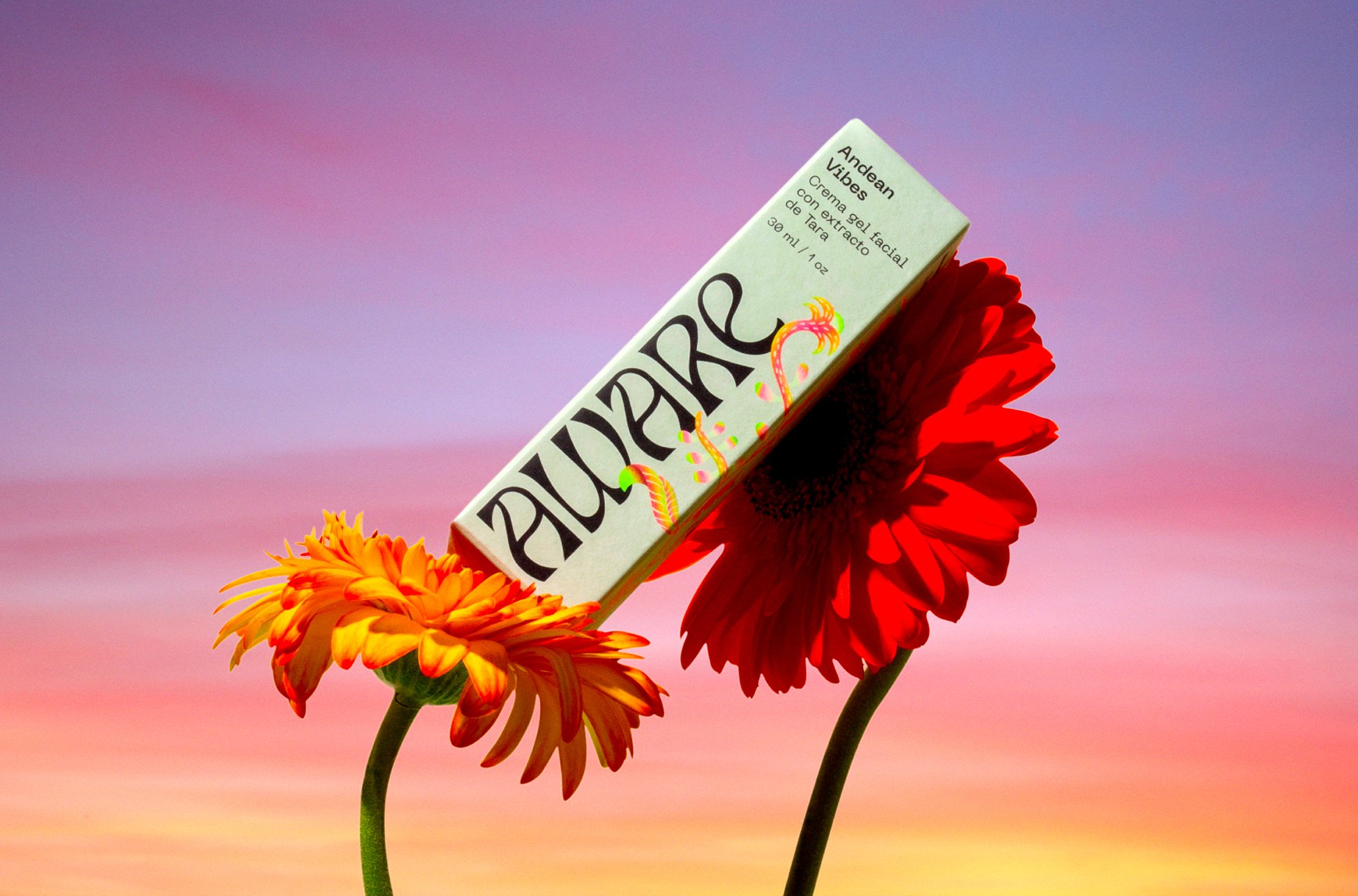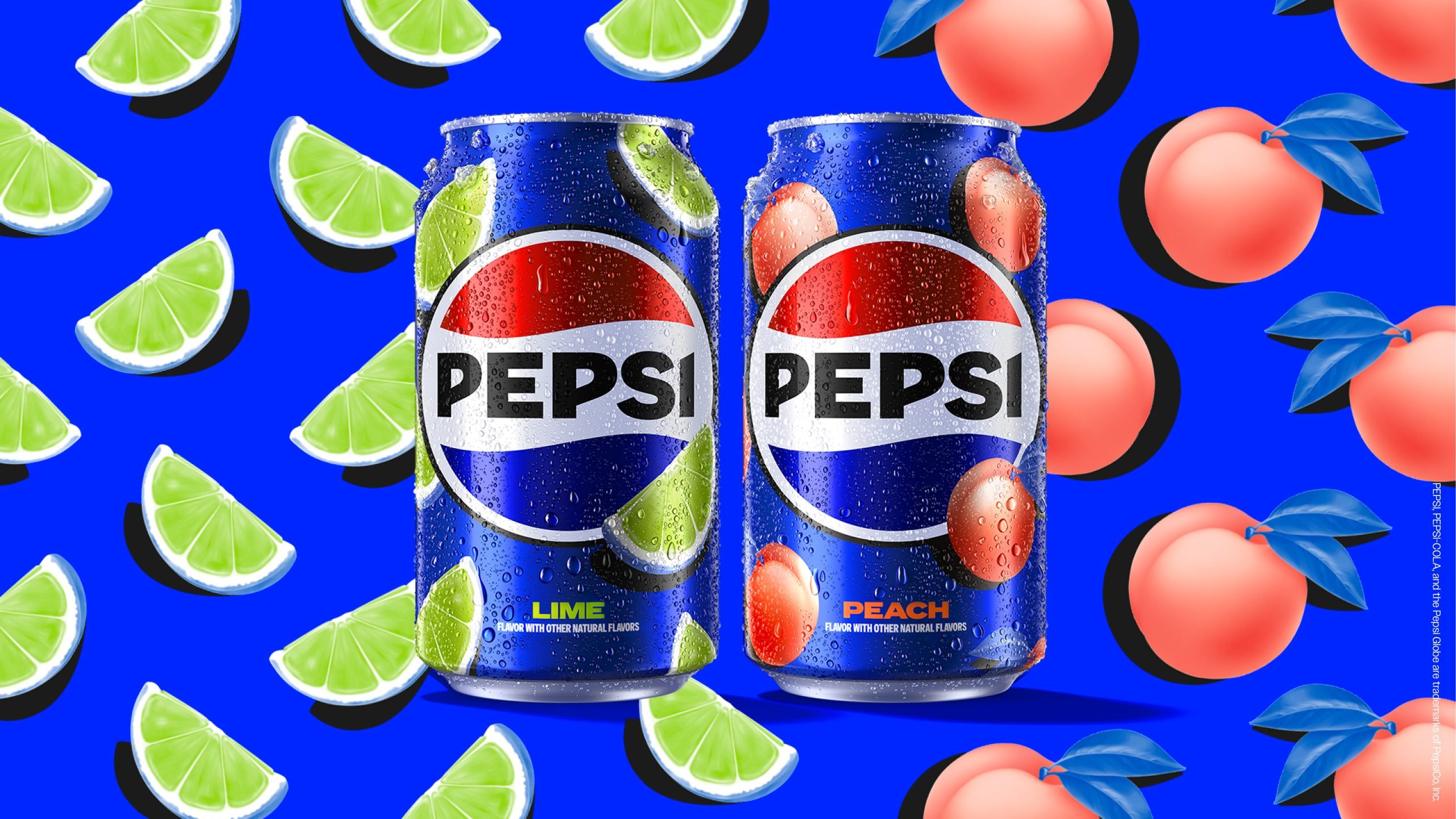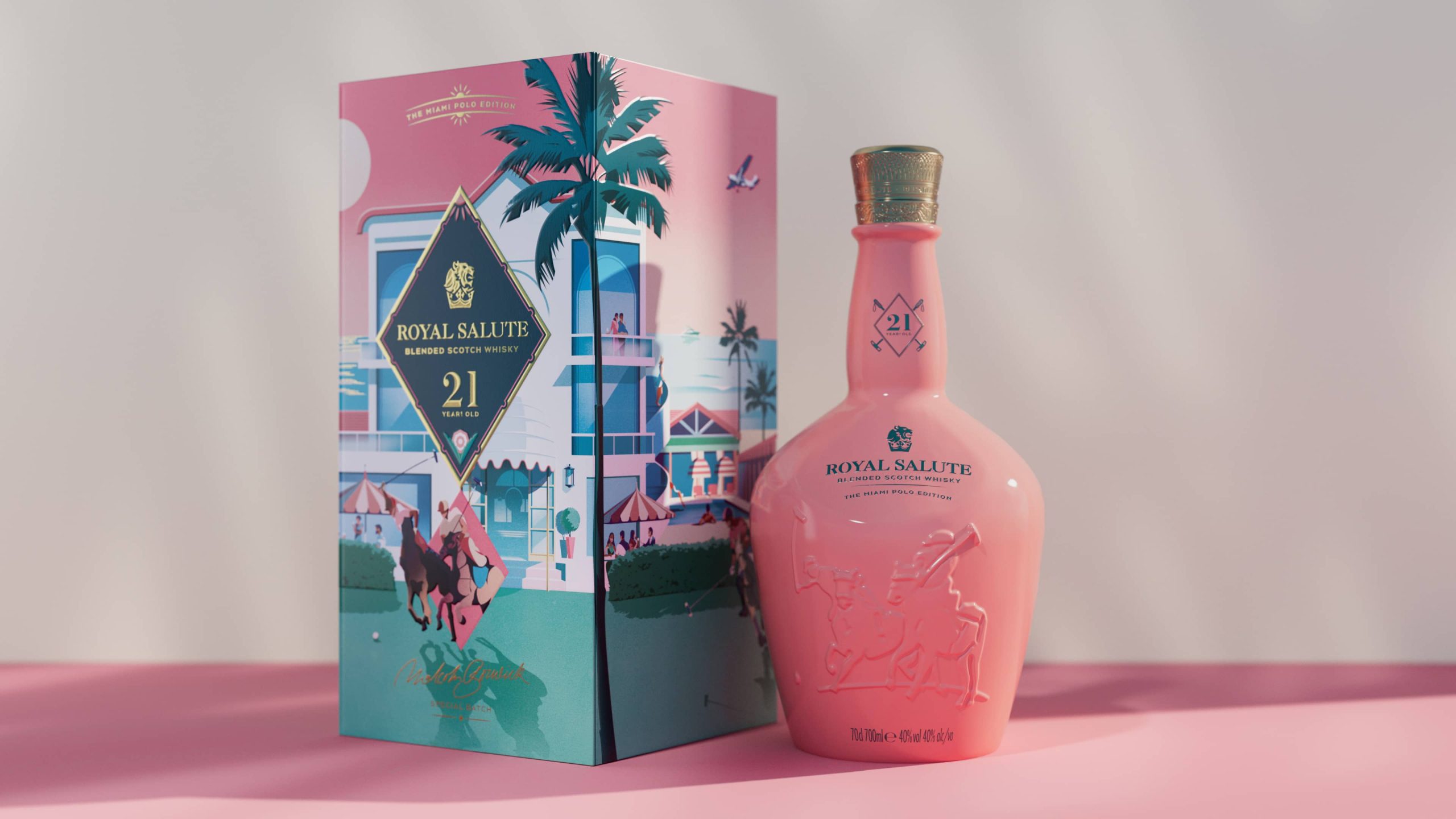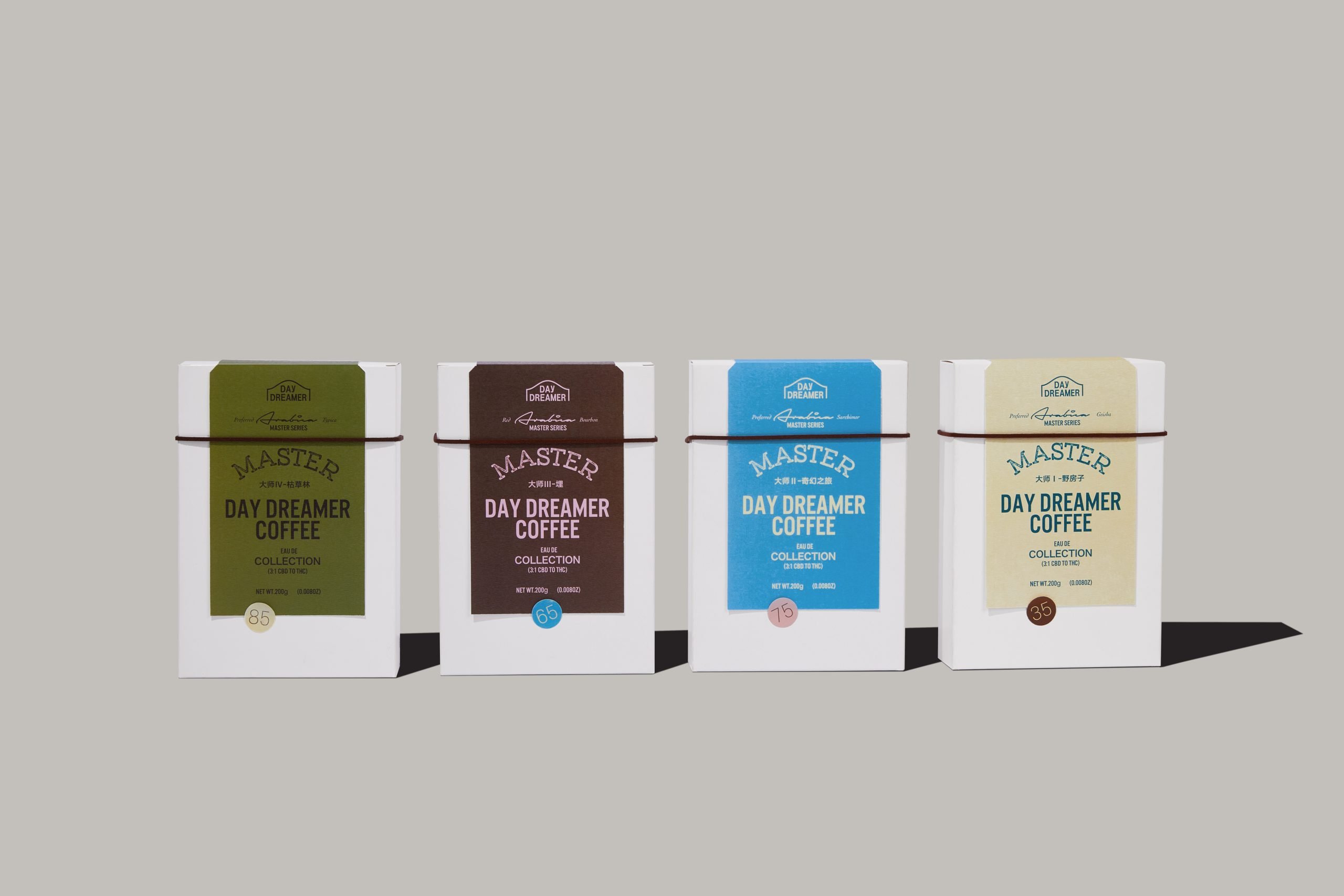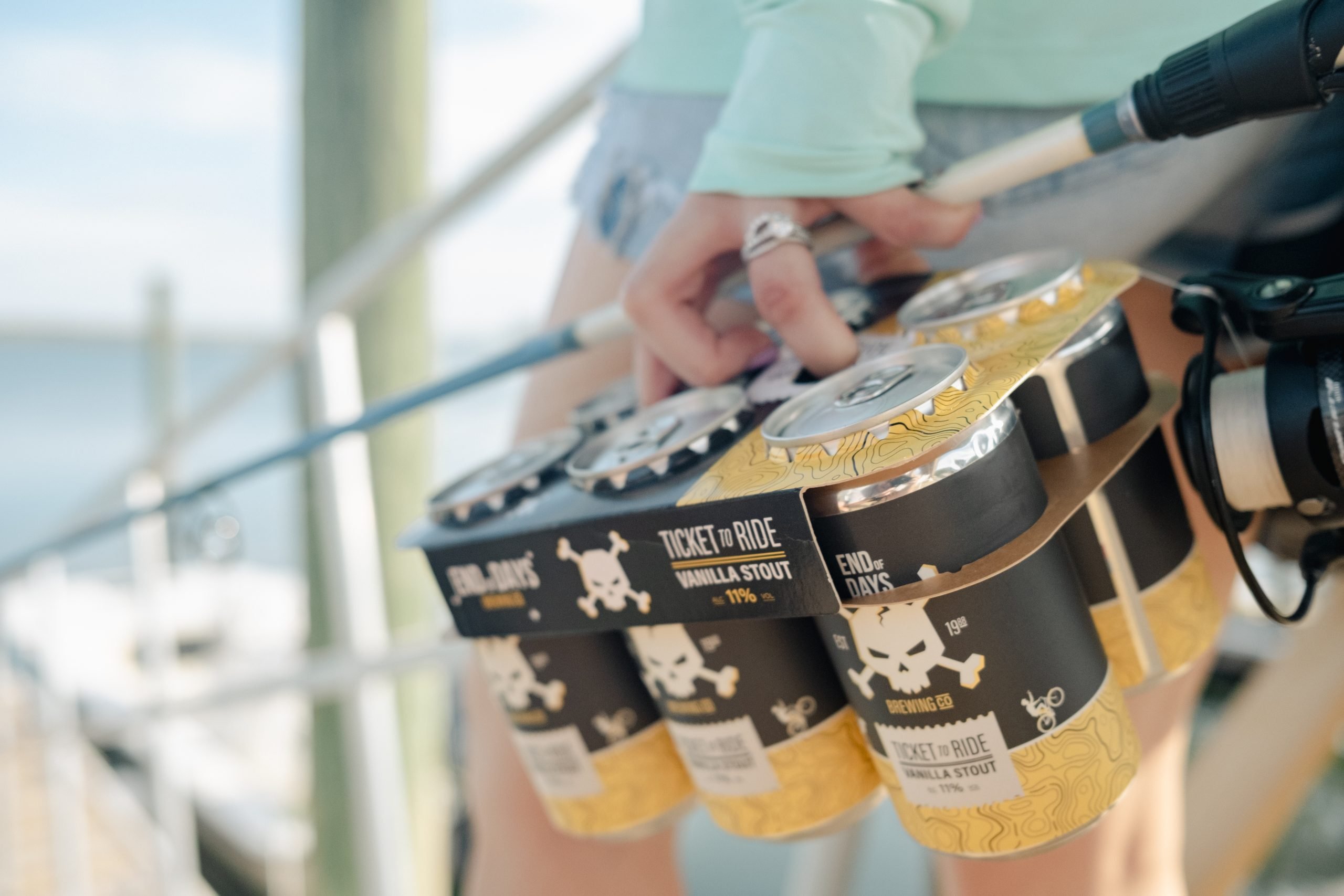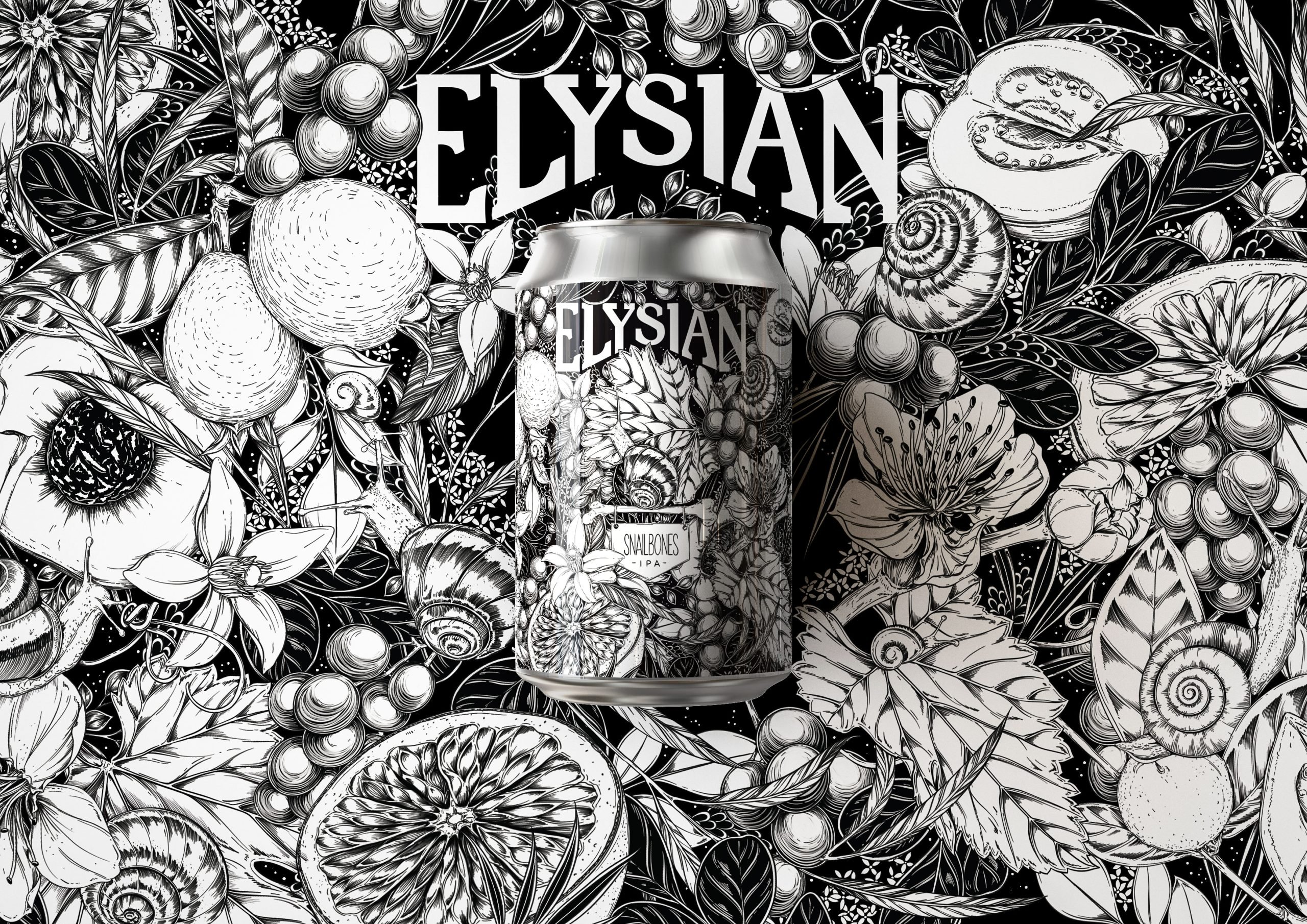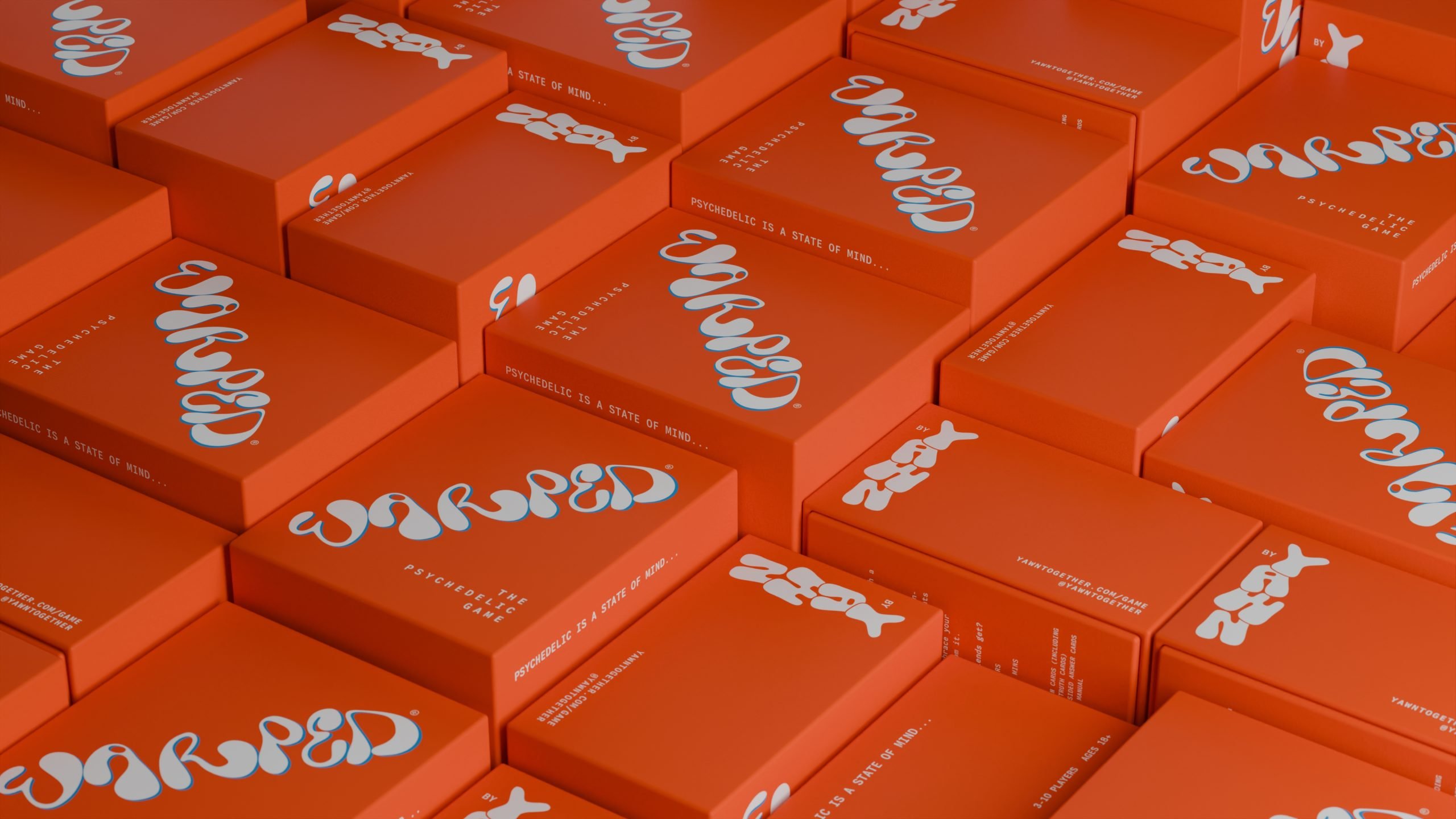Editors at The Dieline weren’t the only ones to notice The Beauty in Black. Check out Rick Barrack’s article on how this forever trend is especially strong today.
Living in New York, I see the color black everywhere I go. On jeans. On jackets. On handbags. On those tiny dogs women carry around as accessories. Hell, even the sidewalks are black (close enough). It’s the unofficial hue of our city, and urban dwellers sport it year-round. Every September, fashion journalists profess to seek out a new hue to replace the reigning king. “Purple is the new black.” “Green is the new black.” “Brown is the new black.” At the end of the day, however, nothing holds a candle to black, and my guess is that its star won’t be fading anytime soon.
But while black has always been popular in fashion, it is less expected in the supermarket aisle. Sure, a few companies – most noticeably the frozen dessert company Breyers® – have used black packaging over the years to convey premium, but for the past few decades packaging design has been dominated by the “white and simple” movement (for which I believe we have Target’s “Design for All” and A.G. Lafley of P&G to thank). This is precisely what makes the current use of black on packaged goods – specifically in categories such as feminine hygiene, water and household cleaners – so surprising. When it comes to certain brands and situations, black has the potential to be the new black.
